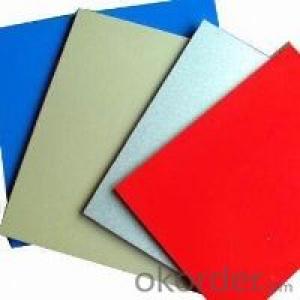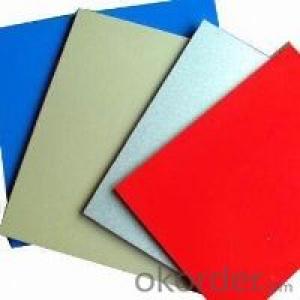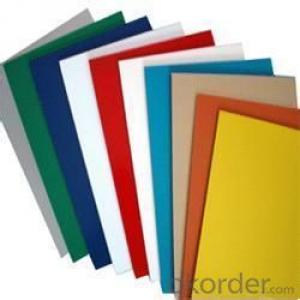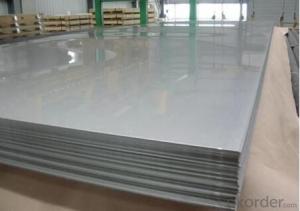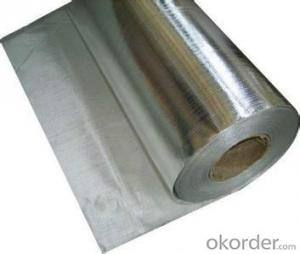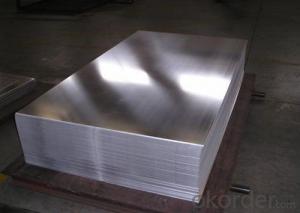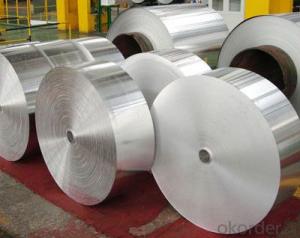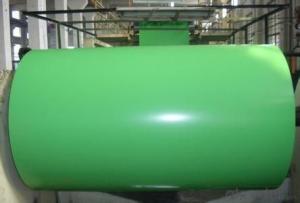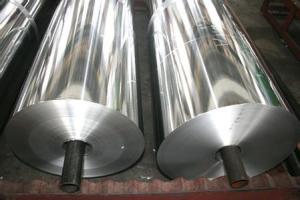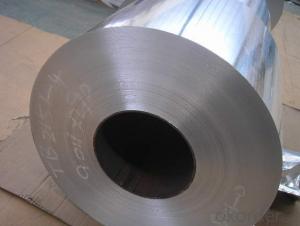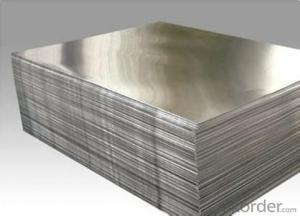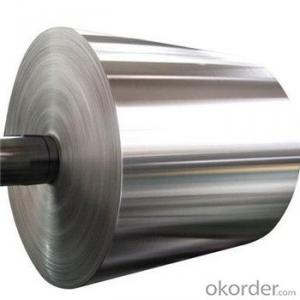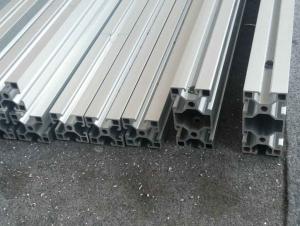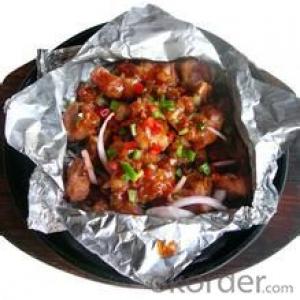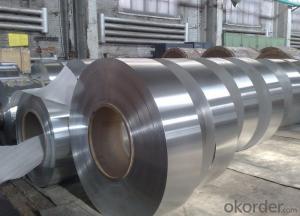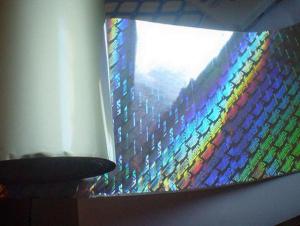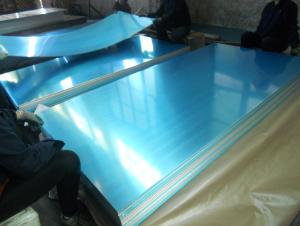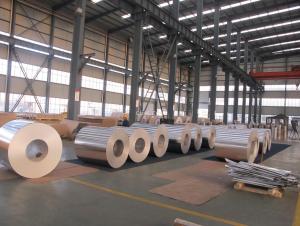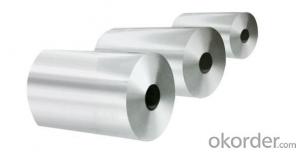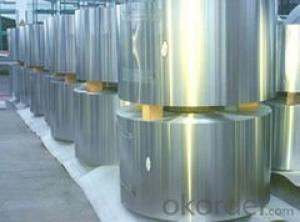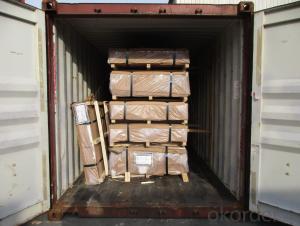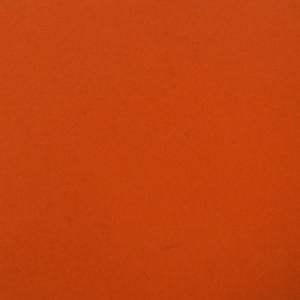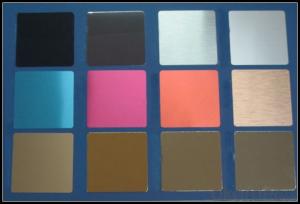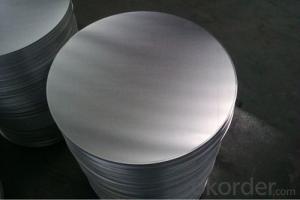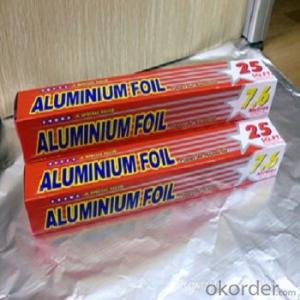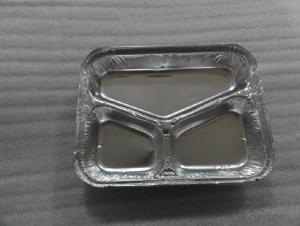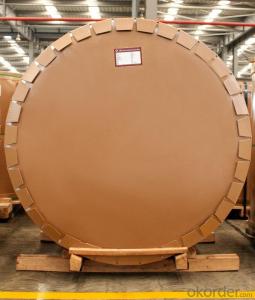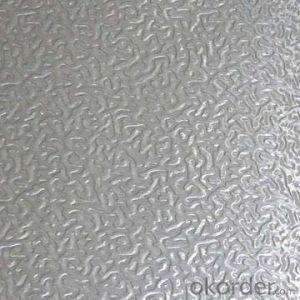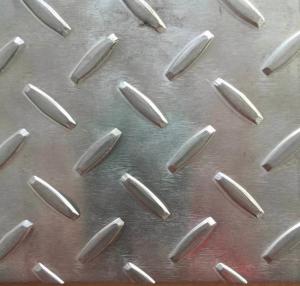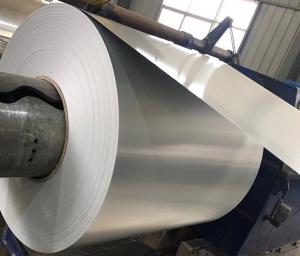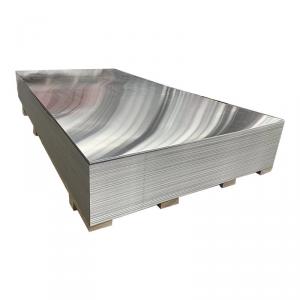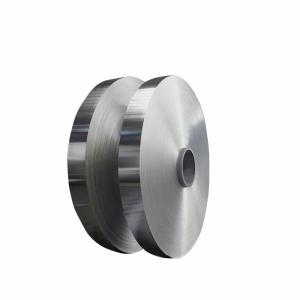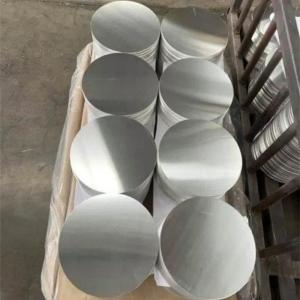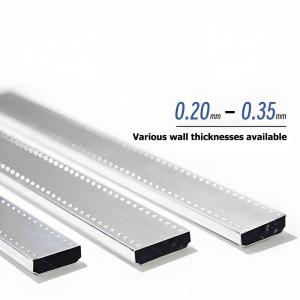Pre Cut Aluminum Foil Sheets
Pre Cut Aluminum Foil Sheets Related Searches
Pre-Cut Aluminum Foil Sheets Precut Aluminum Foil Sheets Pre Cut Aluminum Foil Precut Aluminum Foil Aluminum Foil Sheet Thick Aluminum Foil Sheets Aluminum Foil Wrap Sheets Large Aluminum Foil Sheets Colored Aluminum Foil Sheets Aluminum Foil Cut Sheet Of Aluminum Foil Laser Cut Aluminum Foil Printed Aluminum Foil Aluminum Foil Baking Sheet Baking Sheet Aluminum Foil Gold Aluminum Foil Sheets Bj's Aluminum Foil Sheets Aluminum Foil Leaves Aluminum Foil Cookie Sheet Custom Printed Aluminum Foil Paper Cut With Aluminum Foil Aluminum Foil Packets Perforated Aluminum Foil Printable Aluminum Foil Aluminum Foil Blankets Aluminum Foil Coated Single Sheet Aluminum Foil Aluminum Paper Foil Cutting Aluminum Sheet Costco Aluminum Foil SheetsPre Cut Aluminum Foil Sheets Supplier & Manufacturer from China
Pre Cut Aluminum Foil Sheets are a versatile and convenient product that offers numerous benefits in various industries and applications. These sheets are made from high-quality aluminum, which is known for its excellent heat resistance, light weight, and corrosion resistance. The pre-cut design allows for easy and efficient use, making it a popular choice among professionals and consumers alike.Pre Cut Aluminum Foil Sheets are widely used in food packaging, catering, and household applications. They are ideal for wrapping food items to preserve freshness, protecting surfaces from heat and spills during cooking, and even for crafting and insulation purposes. The product's versatility makes it a staple in many kitchens and workspaces, providing a practical solution to numerous everyday needs.
Okorder.com is a leading wholesale supplier of Pre Cut Aluminum Foil Sheets, boasting a large inventory to cater to the demands of various customers. With a commitment to quality and customer satisfaction, Okorder.com ensures that the Pre Cut Aluminum Foil Sheets they provide are of the highest standard, meeting the diverse requirements of their clientele.
Hot Products
